Characteristics of La Paz Marcala Coffee production area in Makala, Honduras El Naranjo Sweet Orange Manor
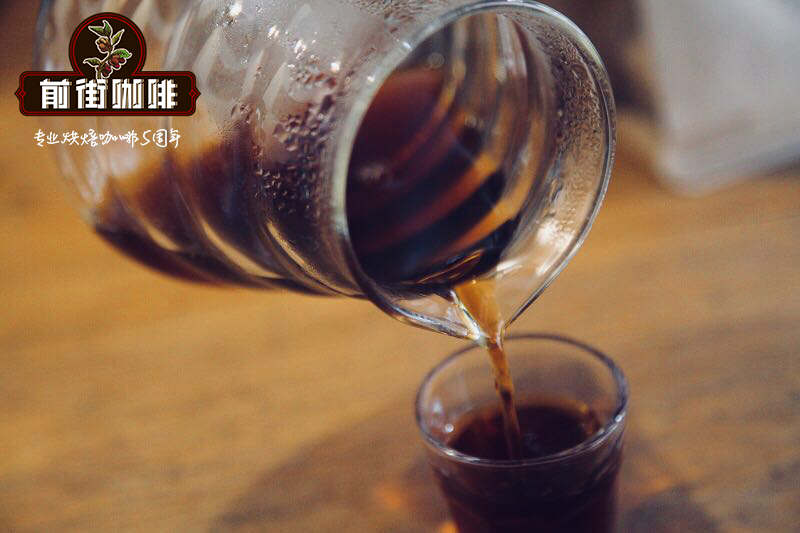
Professional coffee knowledge exchange more coffee bean information please follow the coffee workshop (Wechat official account cafe_style)
El Naranjo is located in Marcala, one of the most famous producing areas in Honduras. Last year, when Sweet Orange won 14th place in the extraordinary Cup Competition in 2016, the female owner Carmen Fabiola Fiallos Melendez finally realized her dream of becoming a boutique coffee farmer.
Carmen's husband was originally a coffee farmer. It was only after the couple got married that Carmen began to make coffee. The two work well together, she is in charge of the harvest and drying process, her husband is in charge of peeling and peeling, and they hope to pass on not only a coffee farm, but also a passion for coffee to their two children.
Makala belongs to the La Paz region and produces coffee on a par with Santa Barbara, another famous Honduran coffee producing region. The Caballero family also has a farm in Makala, and they won the 2016 championship on La Paz's farm.
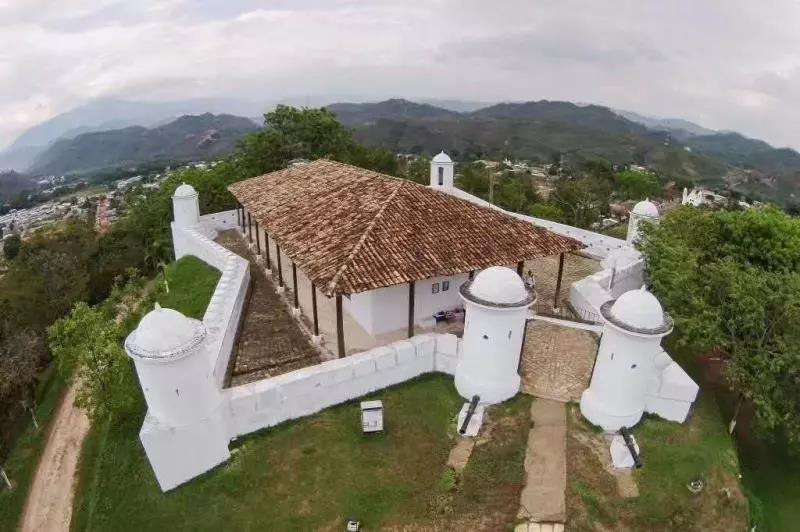
Kaduai, Manor of Sweet Orange in Makala, Honduras
Honduras Marcala El Naranjo Catuai washed
Producing country: Honduras, Honduras
Region: Makala Marcala, La Paz
Manor: sweet Orange Manor El Naranjo
Landowner: Carmen Fabiola Fiallos Melendez
Altitude: 1315 m
Bean seed: Kaduai Catuai
Treatment: washing washed
Award winning record: 14th place in 2016 Honduras extraordinary Cup Cup of Excellence
Kaduai (Catuai)
Kaduai is a kind of bean that we often encounter, and many high-quality Panama is actually Kaduai. In 1949, the Agricultural Research Institute (Instituto Agronomico;IAC) of Campinas in Sao Paulo, Brazil, crossbred the "New World" bean seed (Mundo Novo) with yellow Kadura (Yellow Caturra) to develop Kaduai, which was officially released in 1972 after several generations of selection. Kaduai is very popular with farmers with high yields, similar to Kaddura, short plants and suitable for intensive planting. After its official release in the 1970s, it was extended to Central American countries.
Kaduai was introduced into Honduras in 1979 and officially launched in 1989. It is very popular with farmers and today accounts for more than half of all coffee production in Honduras. Because Kaduai's plants are short and can be planted densely, the flavor at an altitude of more than 1300 meters is also very good, the only disadvantage is that it is very vulnerable to diseases and insect pests. IHCAFE in Honduras is trying to develop a hybrid of Kaduai and Katim to improve disease resistance.
Qianjie coffee is suggested to be brewed.
Suggested cooking method: hand flushing
Filter cup: V60
Degree of grinding: 3.5 (Japanese little Fuji R440)
Water temperature: 90 ±1 ℃
Steaming in 30 grams of water for 30 seconds
Section: water injection to 120g cut off, slow water injection to 225g
That is, 30-120-225g
When all the coffee powder stacked in the filter cup can be soaked evenly in hot water (not just constantly repeatedly extract a small part of the coffee powder, to avoid excessive soaking in caffeine countries to produce sour taste, to achieve a full and balanced taste, mellow sweetness and rich taste, the shape of the penetrating water column is probably thick and thin at the top and bottom, that is, the width of the water from the spout should be wide. The shape of the end of the tail segment should be sharp.
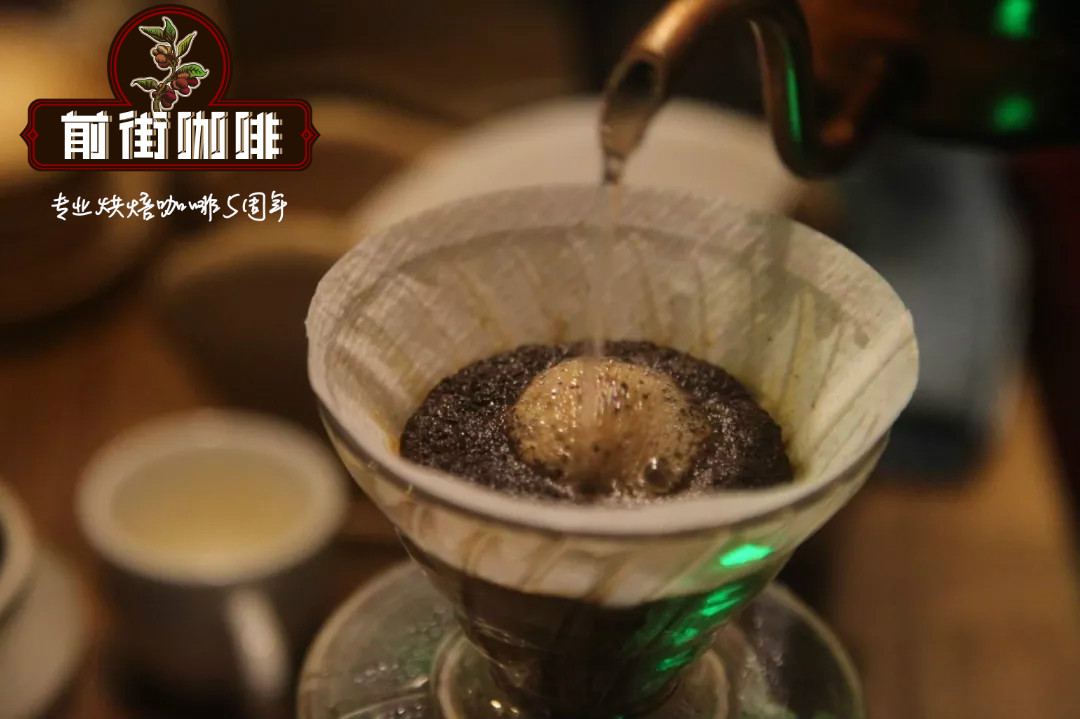
Other suggestions for trickling extraction:
Normal pressure, recommended 3.5-4 degree of grinding / water temperature 86-88 °C
Philharmonic pressure, recommended 2.5 grinding degree, water temperature 86-88 °C
The dry aroma has some aromas of spices, roasted peanuts and chocolate, while the wet aroma has a hint of herbs, giving you a distinct taste of orange peel, nuts, cream and a bit like a cup of lemon tea.
END
Important Notice :
前街咖啡 FrontStreet Coffee has moved to new addredd:
FrontStreet Coffee Address: 315,Donghua East Road,GuangZhou
Tel:020 38364473
- Prev
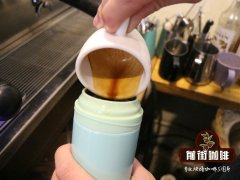
Story letter from Los Catadores Cup Tester Manor in Makala Coffee region, Marcala, Honduras
Professional coffee knowledge exchange more coffee bean information please follow the coffee workshop (Wechat official account cafe_style) Honduras LOS CATADORES Honey country: Honduras: Marcala Makala Manor: LOS CATADORES Cup Tester Manor treatment: honey treatment altitude: 1650-1690 Variety: catuai roasting degree: medium shallow roasting Me
- Next
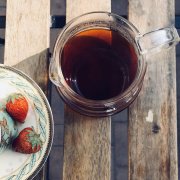
Montecillos Montecillos and Comayagua
Professional coffee knowledge exchange More coffee bean information Please pay attention to Coffee Workshop (Weixin Official Accounts cafe_style) Fascinating Honduras Coffee Regions: Montecillos and Comayagua Honduras Coffee Production Area MONTECILLOS 1200-1700 Altitude Cup Test Features: Coffee in this area has sweet aroma of fruit, lively and bright acidity
Related
- Does Rose Summer choose Blue, Green or Red? Detailed explanation of Rose Summer Coffee plots and Classification in Panamanian Jade Manor
- What is the difference between the origin, producing area, processing plant, cooperative and manor of coffee beans?
- How fine does the espresso powder fit? how to grind the espresso?
- Sca coffee roasting degree color card coffee roasting degree 8 roasting color values what do you mean?
- The practice of lattes: how to make lattes at home
- Introduction to Indonesian Fine Coffee beans-- Java Coffee producing area of Indonesian Arabica Coffee
- How much will the flavor of light and medium roasted rose summer be expressed? What baking level is rose summer suitable for?
- Introduction to the characteristics of washing, sun-drying or wet-planing coffee commonly used in Mantenin, Indonesia
- Price characteristics of Arabica Coffee Bean Starbucks introduction to Manning Coffee Bean Taste producing area Variety Manor
- What is the authentic Yega flavor? What are the flavor characteristics of the really excellent Yejasuffi coffee beans?

